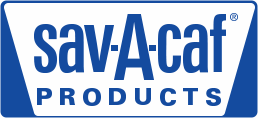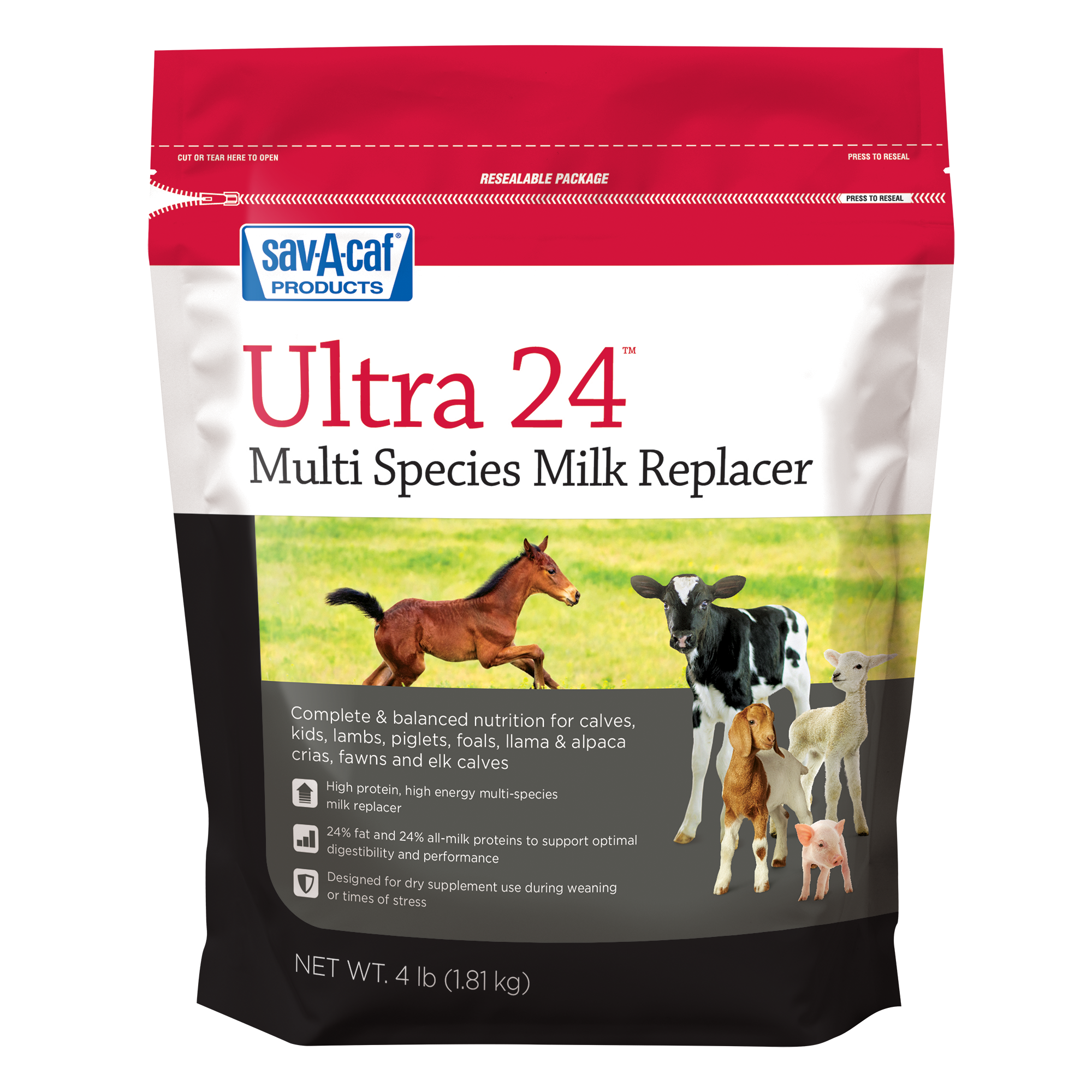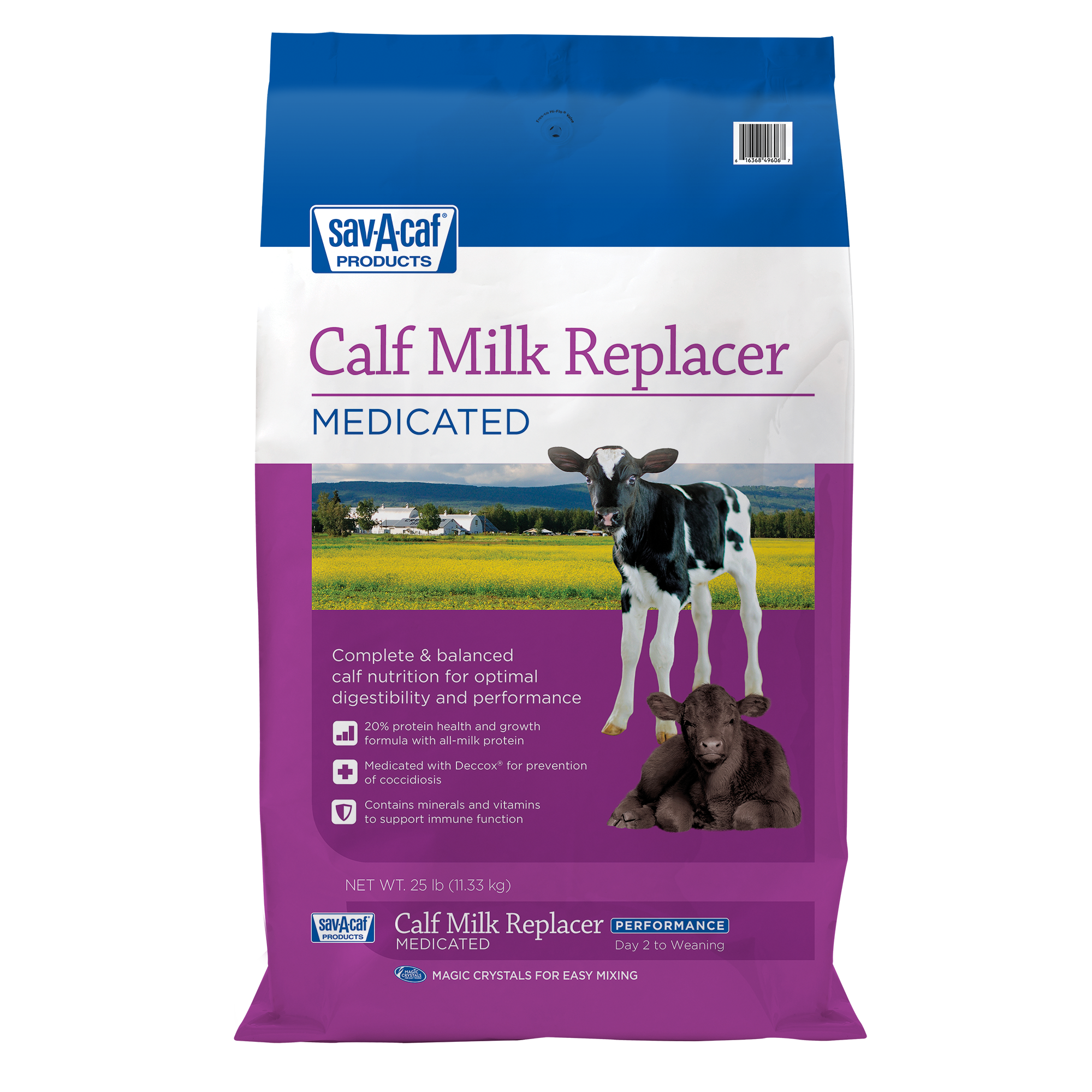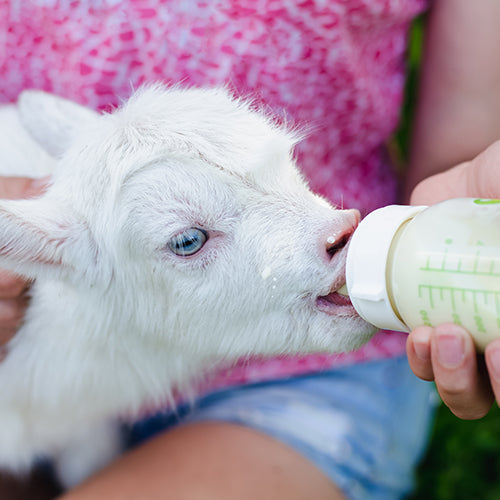
Bottle Feeding 101
Bottle feeding baby animals is an incredibly rewarding part of farm life that can help you create special bonds. Join us as we break down the fundamentals of bottle feeding, from selecting the appropriate milk replacer formula to specific feeding techniques.
Choose the Right Milk Replacer
Ensuring proper nutrition for young animals is a crucial place to start. If you need to start bottle feeding right after birth, make sure to give them colostrum within the first few hours, switching to milk replacer at 24 hours. Newborns receive important nutrients and antibodies from their mother through colostrum, making it essential for a newborn’s health and long-term well-being. For more detailed information, read our article about when to use colostrum and milk replacer.
Colostrum and milk replacers are essential in supporting the animal's immune system, body weight and bone development as they grow. Different species have varying nutritional requirements, so different types of milk replacers are available for each species to target those specific needs.
Milk replacers can vary in ingredient quality and vitamin and nutrient levels, so choosing a quality milk replacer that has good protein and fat sources and the proper vitamin and mineral content is key. Reading the label for clarity and ingredients is also beneficial to make sure you are buying a quality milk replacer. To ensure a strong start for your farm babies, explore Sav-A-Caf® colostrum and milk replacer options.
In addition, the frequency and amount of milk replacer needed will vary by animal, so pay close attention to the packaging for feeding guidelines. Smaller animals like lambs and kids will require more frequent feedings in their first few weeks, while calves won't require as many.
Be Patient
When beginning to bottle feed, it may take newborns and young animals a little while to adjust to the bottle and wanting to nurse. For smaller animals like lambs and kids, a helpful approach is to position them on your lap, facing forward. Gently guide the nipple into their mouths while cradling their chin and allow them to become more comfortable by letting them play with the nipple. Hold the bottle in line with their mouth and be sure the bottle is not held at too steep of an angle, so it does not flood their mouth. If at first they do not seem like they want to nurse, hold off for a couple of hours and try again since they may not be hungry yet.
Warm the Milk
Young animals tend to nurse more easily with milk that is similar to their mother’s body temperature. To make sure you get it right, follow the instructions on the packaging. That way, you can make sure your animal is getting the milk they need at the perfect temperature.
One and Done
Milk should be prepared fresh before each feeding and given in a clean and sterilized bottle. Milk that is sitting out can develop infectious bugs and the cooling and reheating of milk can alter its nutrition.
Choosing the Right Nipple
Before feeding, it's important to ensure that the teat on the nipple is sized correctly. To determine if the hole in the teat is the right size, hold the bottle upside down at a 45° angle. If milk drips steadily, it is the appropriate size. However, if it dribbles or flows too freely, the hole may need to be adjusted.
Clean and Sterilize Bottles and Nipples
All bottle-feeding equipment should be cleaned and sterilized immediately after each use to keep young animals safe from bacteria and infections at their vulnerable age. Be sure to check the nipples for holes or weakness before every feeding to ensure they are in good condition. They can wear down over time and improper care can cause them to crack.
Get Efficient
If you are feeding multiple animals, creating a station to feed all of them can come in handy. A feeding “bar” or trough with several nipples can aid in feeding many hungry babies at the same time. After the animals get used to bottle feeding and no longer need encouragement, they should have no problems with this method.
Bottle feeding animals is a special task, but there are many things to keep in mind as a beginner. Follow these tips, and it won’t be long before you’re a bottle-feeding pro. Are you new to farming and looking for more helpful tips to begin your journey? Check out how to get started with backyard farming or why early nutrition in cattle is important.
Find Solutions for Your Animals
-
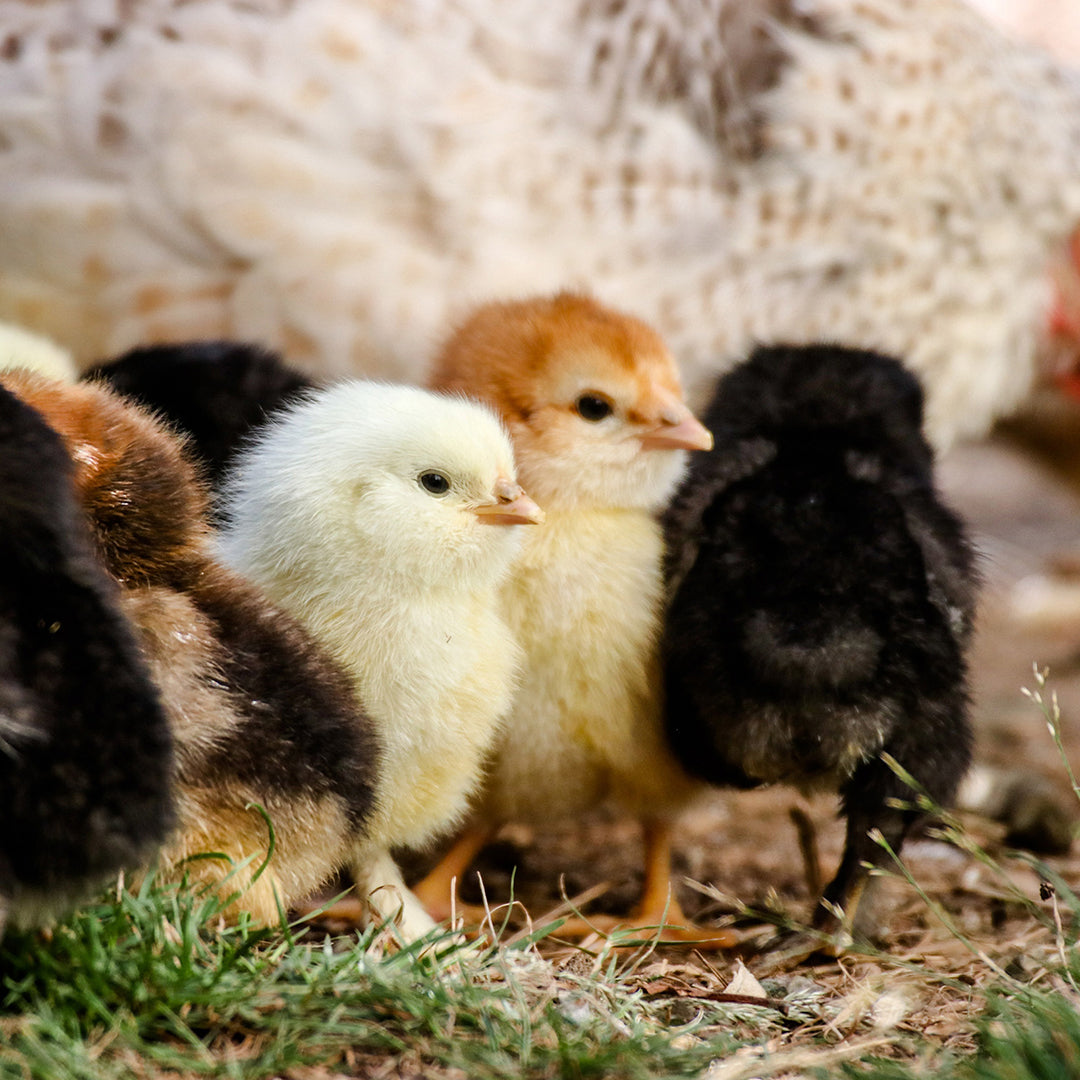
January 11, 2022
Whether housed in a coop or free ranging on your farm, your birds are exposed to multiple threats every day that could cause illness or impact their well-being. Now there’s a way to be more proactive with regular support for...
-
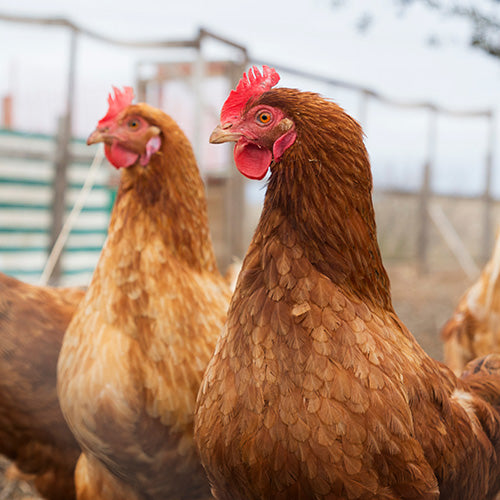
April 6, 2022
You’ve raised your chicks to adulthood and now they’re fully feathered hens. Way to go! Now, you get to enjoy their eggs and companionship for years to come. To maximize their life, support their production potential and kee...
